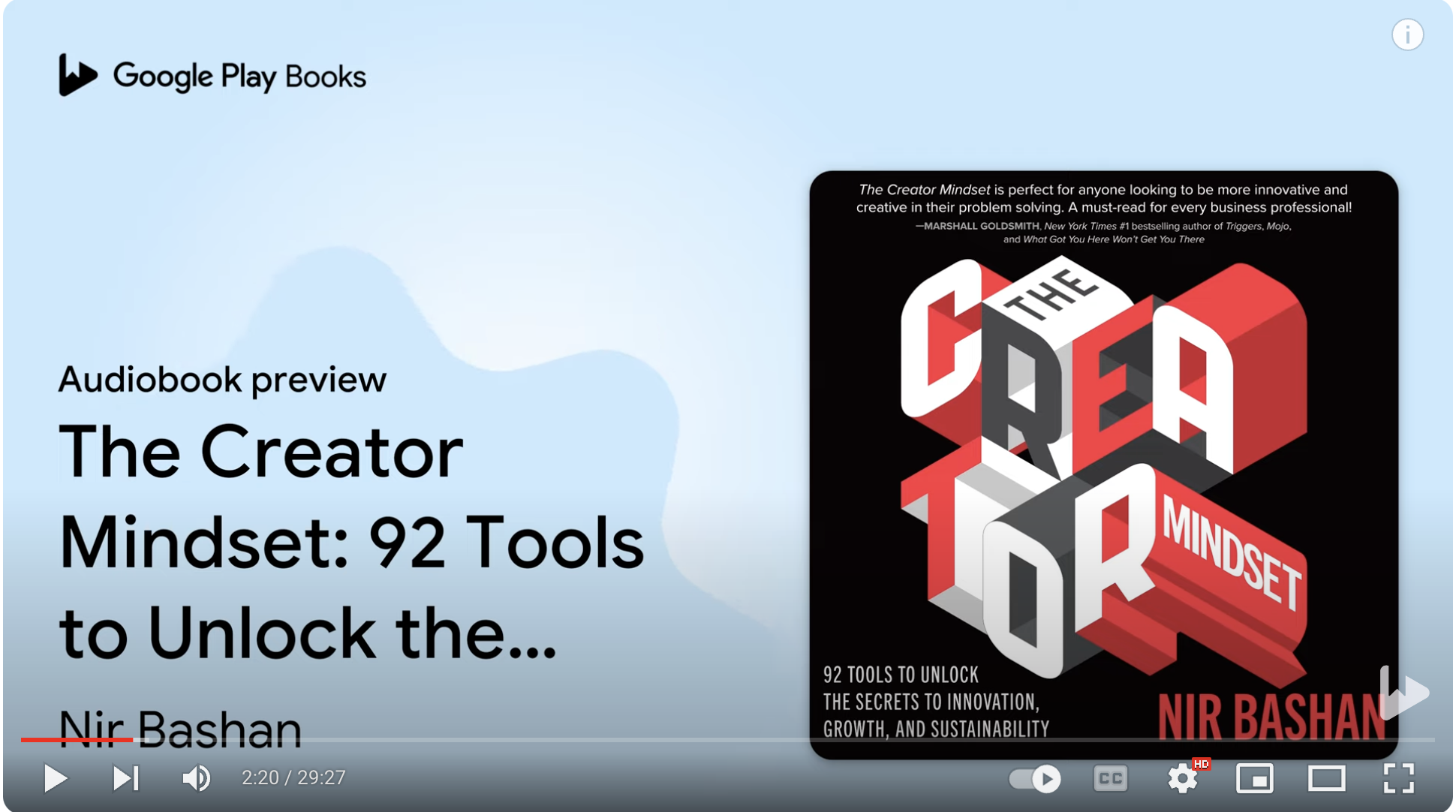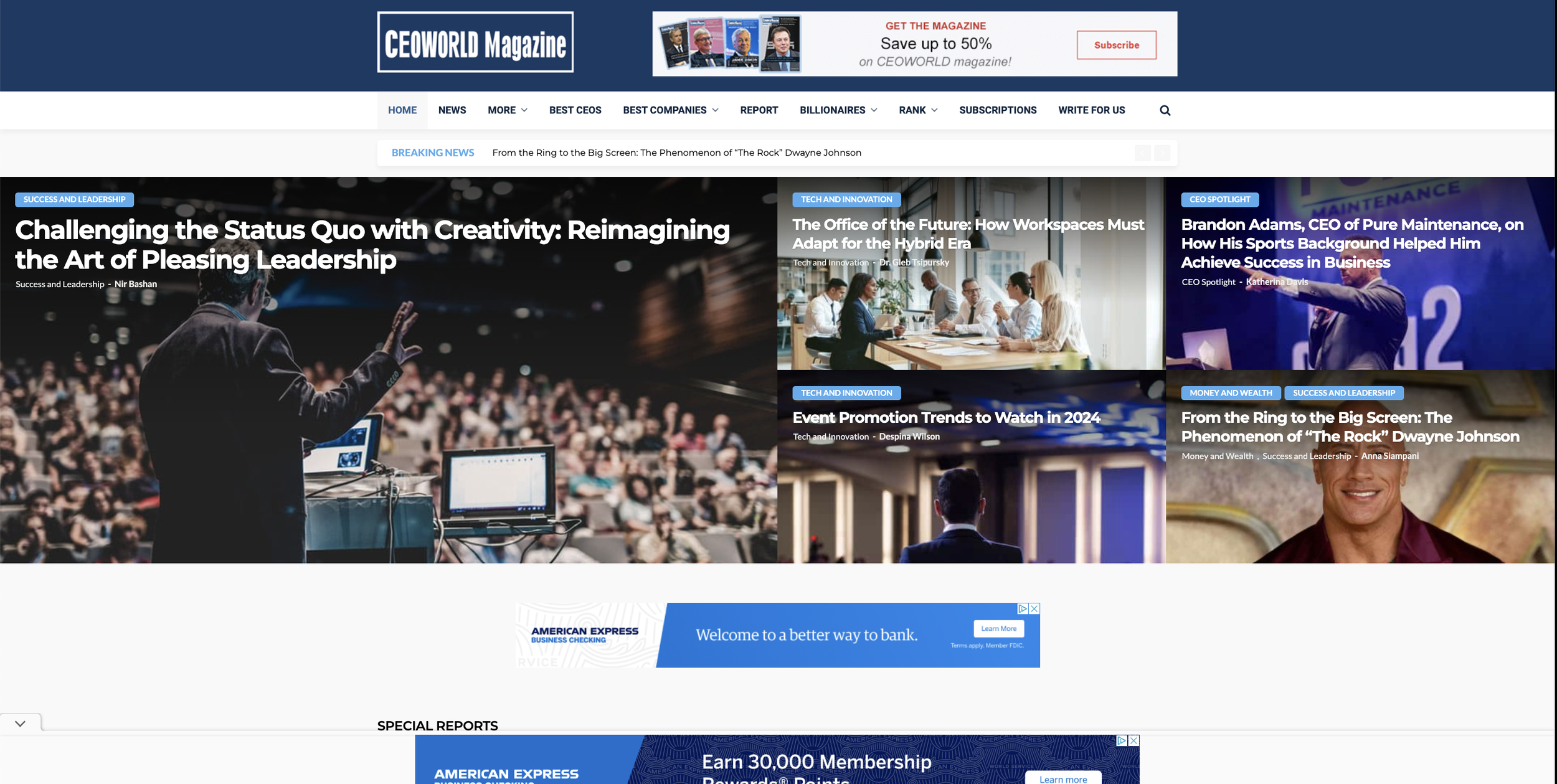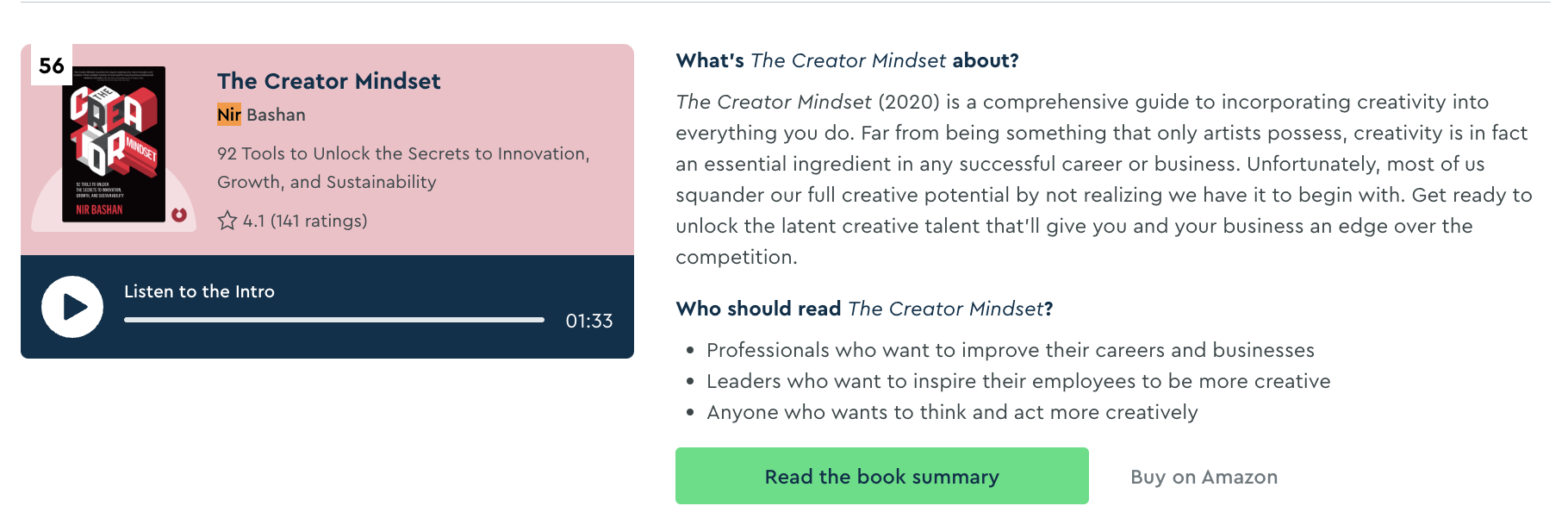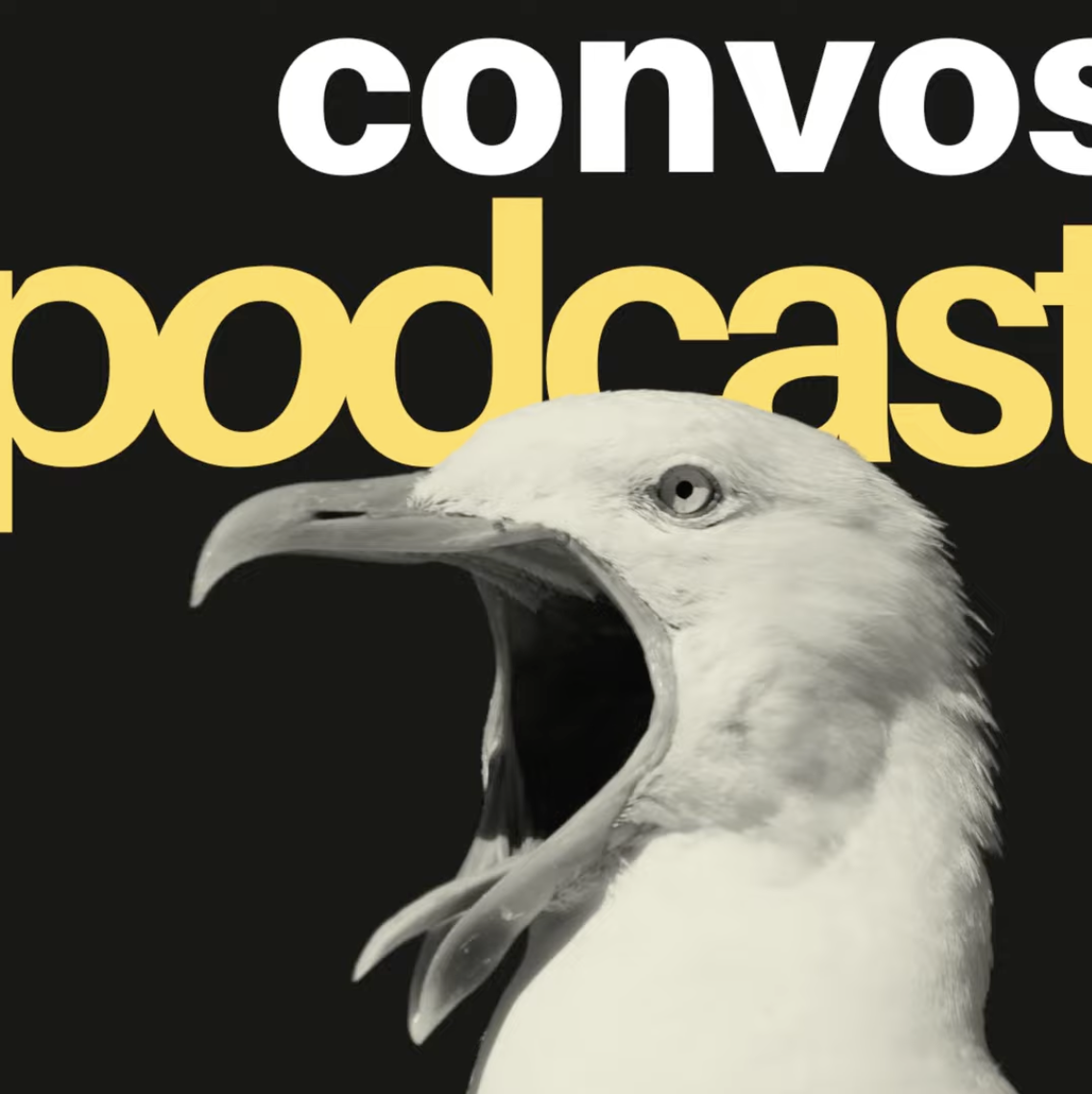
Why You Shouldn't Make Friends at Work.
Nir Bashan for Psychology Today

Google Play Books audio version of The Creator Mindset

Nir Bashan interview on A New Direction radio show

CEO World Magazine Cover Story | Reimagining the Art of Pleasing Leadership

Career Can Do Podcast | Nir Bashan on Unleashing Creativity in the Workplace

The Art of Letting Go | Nir Bashan for Psychology Today

#56 Best Innovation Book of All Time | The Creator Mindset on Blinkist

How To Deal With Slackers | Psychology Today Article by Nir Bashan

Why the Full-Time Job Doesn’t Exist Anymore | Nir Bashan for Psychology Today

The Convos Podcast | Book Review

Jake Olsen Interviews Nir Bashan

Nir Bashan was quoted in the BoredPanda article

Exploiting Kids For Clicks | Nir Bashan for Psychology Today